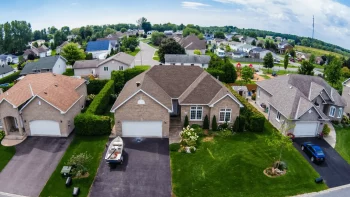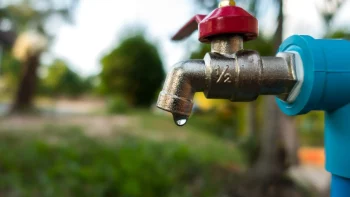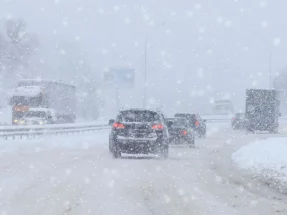Leveraging Social Media to Communicate Emergency Notifications
Fifty-six percent of Americans have a profile on a social networking site, so why aren't you using social to notify residents in an emergency?
It’s 6 a.m. and your cell phone rings. It’s the chief of police and he’s called to notify you that one of the largest factories in your community suffered an explosion and has gone up in flames. Emergency responders are on the scene, but battling the blaze could take hours and is bound to disrupt the morning commute of hundreds of residents. You immediately start to execute your emergency community notification plan. You contact the media, you place a message on the homepage of your website, and you send an email to your subscribers. As you wait for more news from the Chief of Police, you worry about all the people who won’t see your message before getting into their vehicles to start their morning commute.
If you fear that your emergency communication plan is lacking a crucial element, or have already lived through a similar disaster and know you fell short of reaching most residents, it’s time to add social media to your communication mix.
The Power and Reach of Social Media
Fifteen years ago, social media platforms may have seemed like digital toys for teens and tweens, but today, thanks to the overwhelming adoption of social media use by Americans of all ages, social media platforms have metamorphosed into viable communication channels for credible organizations and entities. Around seven-in-ten Americans use social media to connect with one another, engage with news content, share information and entertain themselves
Your Social Residents
If you think the people in your community may not fall in line with national trends, consider these facts from a study conducted by the Pew Research Center:
- 45% of residents 65+ use social media, as do 73% of adults 50-64, 81% of adults 30-49, and 84% of adults 18-29
- 80% of Hispanic adults use social media, as well as 77% of African American and 69% of Caucasian adults
- 78% of women use social media compared with 66% of men
- 76% of urban residents, 71% of suburban residents, 66% of rural residents use social media
Mobile Reach
Consumption of traditional media, including radio and cable television, is on the decline, particularly among younger residents, which creates an extra challenge for emergency communication managers looking to reach a large population with a critical message as quickly as possible. One of the key reasons that social media can effectively help you reach residents in times of local emergency is because a significant portion of social media use takes place on mobile devices.
According to Brandwatch, there were 1.71 billion monthly active social media users in the world as of July 2016, and 823 million of them only utilize social media from a mobile device, such as a smart phone or tablet. Mobile social media use is only expected to grow. In fact, one million new active mobile social media users are added to the social sphere every day, the equivalent of one every 12 seconds. That means you can effectively use social media to reach citizens with critical news and instructions no matter where they are in the community.
Key Platforms
If you’re ready to start incorporating social media into your emergency communication strategies, know that you don’t have to leverage every social media platform available. Focus only on those that reach the most residents and that are best-suited for distributing news.
Forty-eight percent of U.S. adults say they get news from social media “often” or “sometimes,” according to a Pew Research Center survey conducted July 26-Aug. 8, 2021. In a separate question asking users of 10 social media sites whether they regularly get news there, 31 percent of U.S. adults say they get news regularly on Facebook, while 22% say they regularly get news on YouTube. Twitter and Instagram are regular news sources for 13% and 11% of Americans, respectively.
Communication Best Practices
Posting critical information to Facebook, YouTube, and Twitter provides not only an additional channel for reaching people who are already following your community’s social media presence, it enables community members to share your message with their own followers, helping to extend the reach of your message to others in your community. Consider these best practices for utilizing social media during a natural disaster or community emergency:
- Keep messages short and actionable; give people specific feedback such as the location of emergency shelters or road closure updates
- Link to more detailed content, such as emergency evaluation maps or shelter lists
- Include hashtags to amplify the reach of your message (e.g., #HurricaneMartha)
- Send updates frequently; residents will look for continual updates, so keep tweets, posts, and shares of valuable news, information, and instruction coming frequently
- Utilize a government content management system (CMS) with an integrated mass notification system that allows you to send important communications to all your social media channels in a single step
- Emergencies don’t just strike Monday through Friday from 9 – 5 while you’re sitting in your office, so use a CMS that enables you to craft and send messages from a mobile device
- Choose a CMS that integrates with the Integrated Public Alert and Warning System (IPAWS), which is designed to help create and distribute local emergency notifications to your community through all the nation’s available alert and warning channels, such as TV, AM/FM radios, WEA capable wireless devices, and NOAA weather radio
- Continue to share updates even when an event has ended; people will be just as interested to learn about your community’s recovery and clean-up progress


